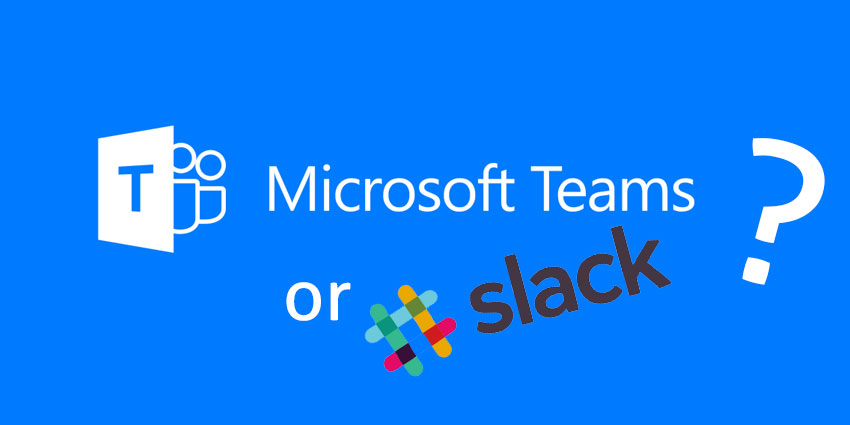The market for enterprise chat as we know it is changing.
Almost every big IT company you’ve ever heard of is fighting for a place in this new communication market, and collaboration platforms are literally making headline news. Not so long ago, Slack got a full-page advertisement within the New York Times which welcomed Microsoft Teams to the fold and noted that they were excited about the new opportunity for competition.
However, if a survey by Spiceworks is anything to go by, Slack might not be as excited by Microsoft Teams in the long-run as they claim to be. In fact, this survey indicated that although Skype for Business is currently the most popular application for business chat, Microsoft Teams may not be far behind, and Slack could end up losing a great deal of their consumer base to this up-and-comer.
Ready for Greatness
The Spiceworks survey was conducted across 450 companies within the EMEA and Northern America. Overall, it drew attention to the face that collaboration chat applications were becoming more popular, with 42% of all respondents indicating that they currently use some manner of collaborative tool such as Google Hangouts, Skype, or Slack. Overall, the usage for each tool measured out at:
- 50% for Skype for Business
- 14% for Slack
- 11% for Google Hangouts
At this time, Teams is very new to the industry, and has only achieved true popularity with about 7% of the companies surveyed in the Spiceworks study. However, another 9% indicated that they planned to use Teams in the next year, while 11% planned to use it in the next two years. In fact, even in the more “niche” collaborative markets, which included Hip chat and Slack, Teams appeared to be more popular, with around 13% of respondents commenting that they planned to use it in the next year. Slack adoption rates, on the other hand, stood at a minimal 2% for these smaller companies.
If we add up the numbers that are indicated within the Spiceworks survey, we find that while only around 3% of organisations currently use Microsoft Teams, another 17% plan to adopt it in the next two years – meaning that Teams could quickly begin to outshine Slack. If the trend continues as it appears to be now, Microsoft Teams will be the second most commonly used messaging platform by the close of 2018, competing with Skype only.
So, why does Microsoft Teams have So Much Potential?
Perhaps the single biggest factor behind Microsoft team’s heavy adoption possibility rates seems to be the existence of the Office 365 productivity suite, which has been gaining focus for quite some time now. The Office 365 suite seems to achieve an unparalleled level of trust amongst businesses, which is making it easier for those corporations to adapt to a Microsoft-centred approach for collaboration too.
Microsoft Teams will easily be integrated with other familiar applications such as Word, Excel, PowerPoint, OneNote, and SharePoint, Skype, and others. Moreover, the company has plenty of reach and reputation, thanks to the existence of Office 365 and its presence across various domains. Teams could be the perfect add-on to the Office suite, and it’s free for enterprise subscribers for Office 365 – making it a great deal more cost-effective than simply installing a brand-new chat application. Microsoft suggests that around 30,000 organisations across 145 markets are now using Teams.
For now, Slack is more momentum-friendly, and it’s open-platform nature alongside its integration abilities with third-party tools makes it very attractive. However, these features may only apply to people who don’t already use office 365, and let’s face it – there aren’t many of those left.
Related
The Future of Collaboration – Trends, Technologies and Training
More Microsoft Reviews & News from UCToday.com







